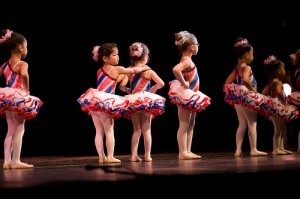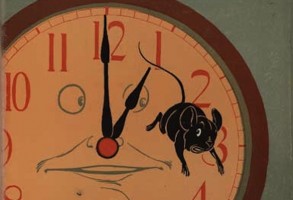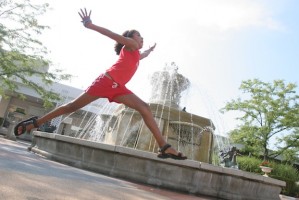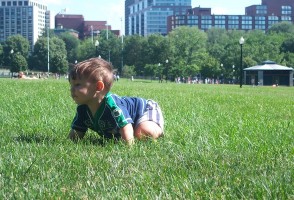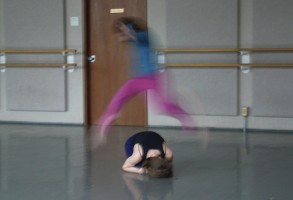Since dance is the art of motion, in order to become a proficient dancer one must understand how the body moves from the inside; how the muscles and bones work to leap, turn, kick, stretch and fold. A pretty sophisticated idea for a young dancer. Since learning is a layered experience, introducing the concepts of anatomy now will allow them to build upon this foundation in the future.
The Art and Expectations of Performance Time
It is very important to be budget conscious but also expectation conscious as well when it comes to dance recitals and performances. With everyone on the same page, performance time can be a magnificent time to learn, develop, explore and ultimately have fun!
The Mouse Ran Up The Clock: Exploring Time With Nursery Rhyme
Jack be Nimble, Jack be Quick, Jack Jumped Over the Candlestick
I have the students run and jump over our “candlestick” on the word OVER. We accent the third beat and the children clap along. (one, two, Three, four/one, two, Three, four/one, two, THREE, four/ one, two, THREE, four.)
Teaching Dynamics: It’s All In The Effort
The way we use our body’s weight can be light or strong. Think of weight in terms of force. How much force are you putting behind a gesture, or a leap? How much force to you use to lift a feather? Barely any. But a brick can take lots of effort, making you use a lot of strength or force. You can play around with weight by guiding a blindfolded person around the room. Do they like to feel a strong forceful touch or light touch?
Relearning and Reinforcing Body Integration
Movement is a layered experience. We develop movement patterns and then continue to relearn them as we get older. Babies learn to crawl, developing the spiral and then relearn and master it as they walk and then run.
Space: Inside, Outside and Through
When I teach dance I always start with the concept of space. It doesn’t matter if I am teaching 3 year olds or 63 year olds, space to me is a blank canvas. And I want to teach my students how to fill it.


